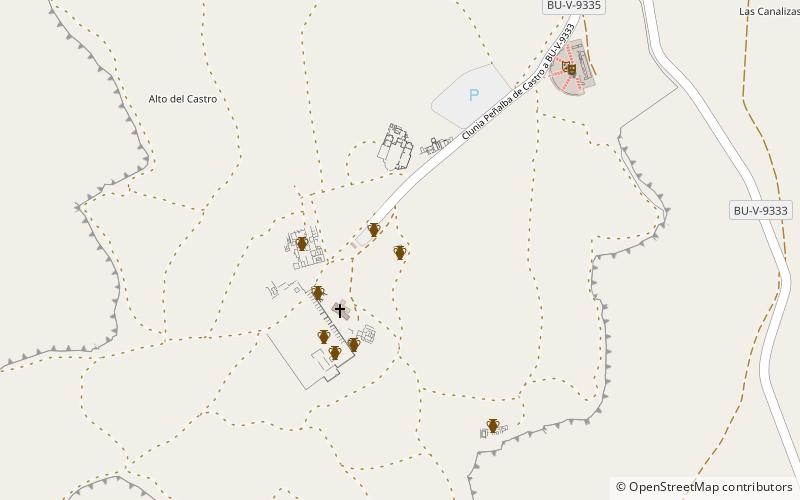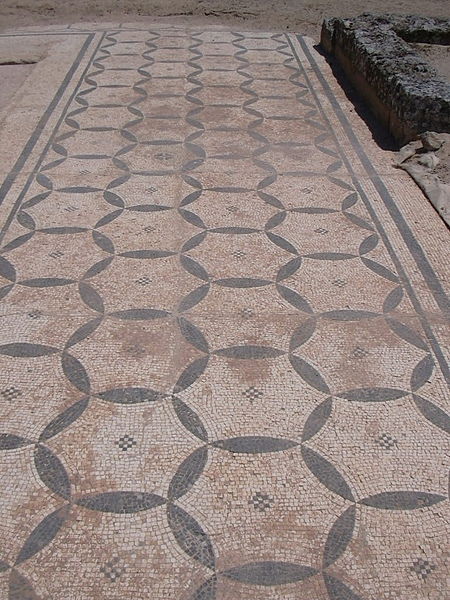Clunia


Facts and practical information
Nestled in the rolling hills of Spain's Burgos province lies Clunia, an archaeological site that whispers tales of ancient Rome's far-reaching empire. This once-thriving Roman city, founded in the 1st century BC, served as a pivotal administrative and military center in the northern part of the Iberian Peninsula.
The remnants of Clunia, which sprawl over a plateau with commanding views of the surrounding countryside, offer a rare glimpse into Roman urban planning and lifestyle. Visitors to the site can explore the ruins of grand public buildings, a forum, thermal baths, and a remarkable theater that once resonated with the voices of actors and the applause of up to 10,000 spectators.
One of the most captivating aspects of Clunia is its collection of intricate mosaics, which decorate the floors of what were once luxurious private residences. These stunning works of art depict mythological scenes and geometric patterns, showcasing the sophistication and artistic flair of their Roman creators.
Excavations at Clunia have also unearthed evidence of the city's defenses, including walls and gates that guarded against potential threats. These fortifications highlight the strategic importance of Clunia in the Roman province of Hispania.
Clunia – popular in the area (distance from the attraction)
Nearby attractions include: Theatre of Clunia Sulpicia, Huerta de Rey.


